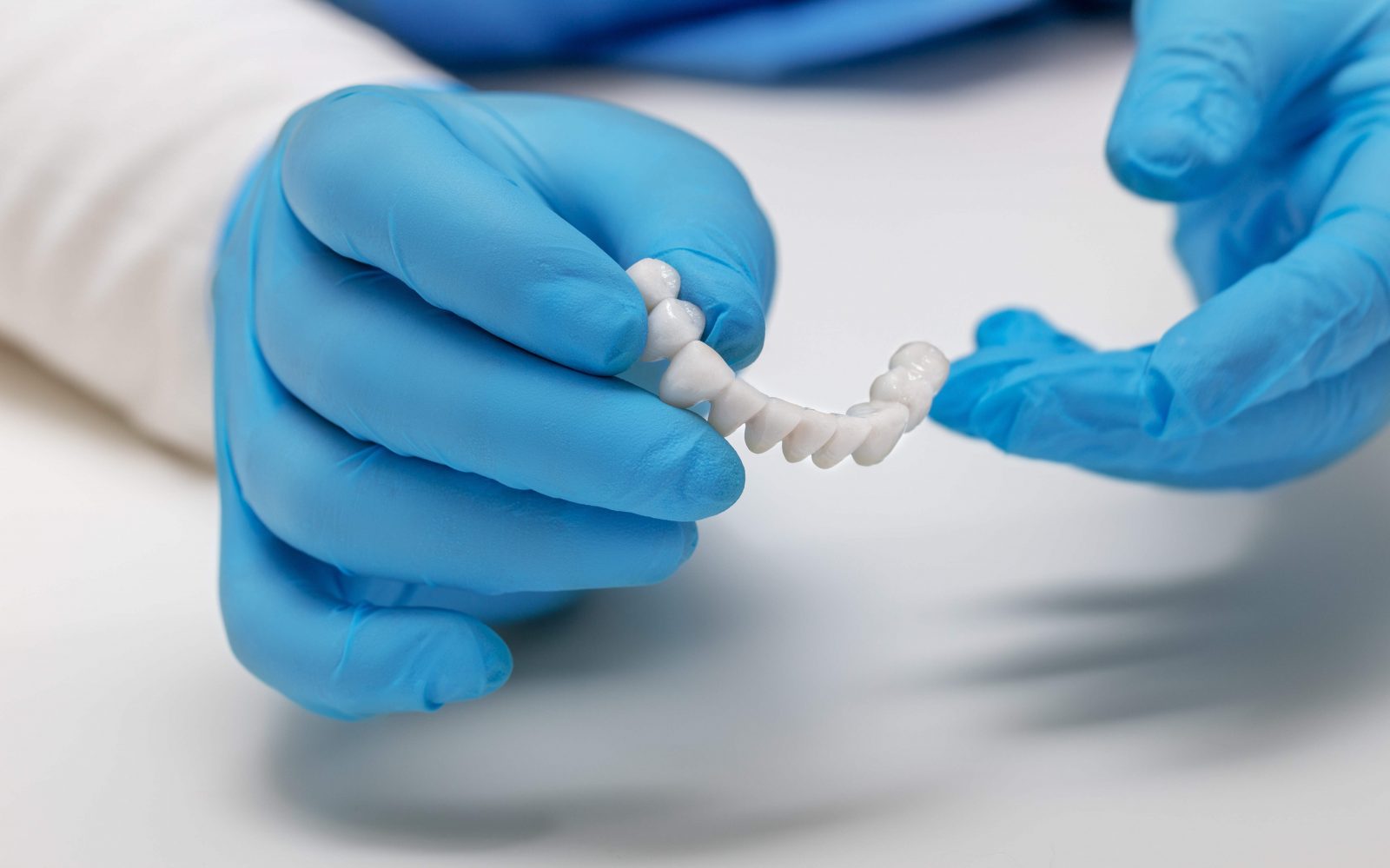Smile architects, Dr. Jeremy D. Kay, DMD and Dr. Nicole Deakins at The Dental Spa, survey each patient’s dental “properties” and design reconstructive blueprints, planning every detail of the treatment based on our artistic vision. This vision is then achieved through support from the highly experienced staff, technicians, and hygienists—ensuring every patient leaves with a smile more radiant than before. Leading with our passion for aesthetics and demanding the best at every turn for our patients, our innovative methods have transformed what is possible in aesthetics and successfully ushered dentistry into the luxury market.
 Photo Credit: Shutterstock
Photo Credit: Shutterstock
Have you ever wondered how your dentist was able to bring your tooth back to life after suffering from a chip, crack or extreme damage? The answer is dental ceramics. In dentistry, ceramics were designed with the purpose of producing dental prosthetics that can be used for fillings, crowns or veneers. Over the years, ceramics have evolved allowing for broader uses past the most commonly known ones. Here Haute Beauty experts at The Dental Spa discuss everything to know about the evolution of the craft.
What are ceramics in dentistry?
Ceramics are widely used in dentistry. Whether for larger fillings, or crowns, or veneers, modern-day ceramics play a critical role in dentistry. Essentially, ceramics are custom fabricated pieces of thin glass made for esthetics and function in dentistry. There are multiple different kinds and brands, but ultimately the most important aspect is who is entrusted to fabricate these pieces of art.
How have ceramics evolved?
Ceramics have evolved in that in today’s world, with the ceramists we entrust, we are capable of making teeth that are supernatural and no longer the “chiclet” teeth of old. Colors, materials, techniques and technologies have all evolved to bring us to an era where really anything is possible in dentistry.
 Photo Credit: Shutterstock
Photo Credit: Shutterstock
When would you need ceramic dental restoration?
This may be needed for cosmetic reasons such as veneers, crowns for a larger reconstruction, or even for more accurate and longer-lasting fillings.
How strong are ceramic teeth? Do they have a long life span?
When bonded to a tooth, ceramic teeth are known to have strengths up to or even greater than your natural teeth. The longevity of the cermaics all comes down to maintenance and fit based upon your provider’s expertise.
How custom can ceramics be?
They are all custom! They can be milled from a computer, or cast and pressed like jewelry. The next evolution will be being able to print them based upon the size and shapes needed for every situation.
For more information, visit Dr. Deakin’s Instagram!
For more information, visit Dr. Brian A. Levine's social media:

























